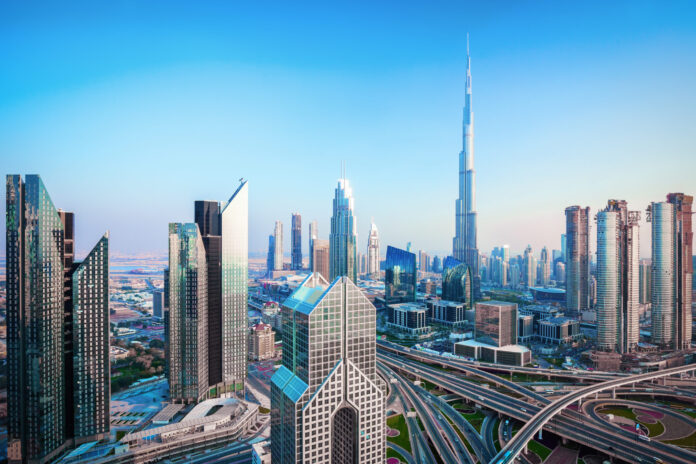The United Arab Emirates could further boost its oil capacity after 2027 if that is what markets require, its energy minister said on Thursday, implying the country had the potential to become one of the world’s five biggest producers.
Capacity is often hotly debated inside the OPEC+ grouping of the Organization of the Petroleum Exporting Countries and allies, including Russia, because it determines production quotas that in turn dictate how much oil the countries can pump.
OPEC+ has granted the UAE a bigger production quota this year after the country said the producer group was restricting its output too much when it had invested heavily to expand capacity to 4.85 million barrels per day from 3 million bpd.
The UAE targets capacity of 5 million bpd by 2027, and Energy Minister Suhail Mohamed al-Mazrouei told reporters it could rise further after 2027.
“We can go to 6 million if the market requires,” he said. He said that was not an official target and following his remarks, the UAE energy ministry said in a statement the country’s target was unchanged.
If such production is reached, the UAE would pump enough to cover just under 6% of global demand.
Instead of being ranked around eighth in the world, according to 2024 production figures, the UAE would in terms of capacity become the fourth-largest oil and liquids producer, behind the United States, Saudi Arabia and Russia, which can pump around 21 million, 12 million and 10–12 million respectively.
With output capacity of 6 million bpd, the UAE would be on par with Canada and would overtake the 2024 oil production levels of China, Iraq and Iran.
As OPEC+ has clashed over capacity numbers several times in recent years, Angola quit the group in 2024 over a disagreement on its production target.
In May, OPEC+ tasked its specialists with developing a mechanism to assess its members’ maximum production capacity for setting 2027 production quotas.
Besides the UAE, Iraq has also pushed for higher quotas and Kazakhstan has repeatedly produced above quotas.
Kazakh and Iraqi overproduction has angered some members, including Saudi Arabia, which pushed the group to release more oil to regain market share, sources have said.
OPEC+ has been raising production since April after years of cuts to support the market.
The group is expected to increase output by 2.5 million bpd, including a 300,000 bpd quota boost by the UAE, between April and September 2025.
OPEC+ will still be left with 3.65 million bpd of production cuts in place, expiring at the end of 2026.
On Thursday, OPEC cut its global oil demand forecasts for the next four years as Chinese growth slows while lifting its longer-term view.




